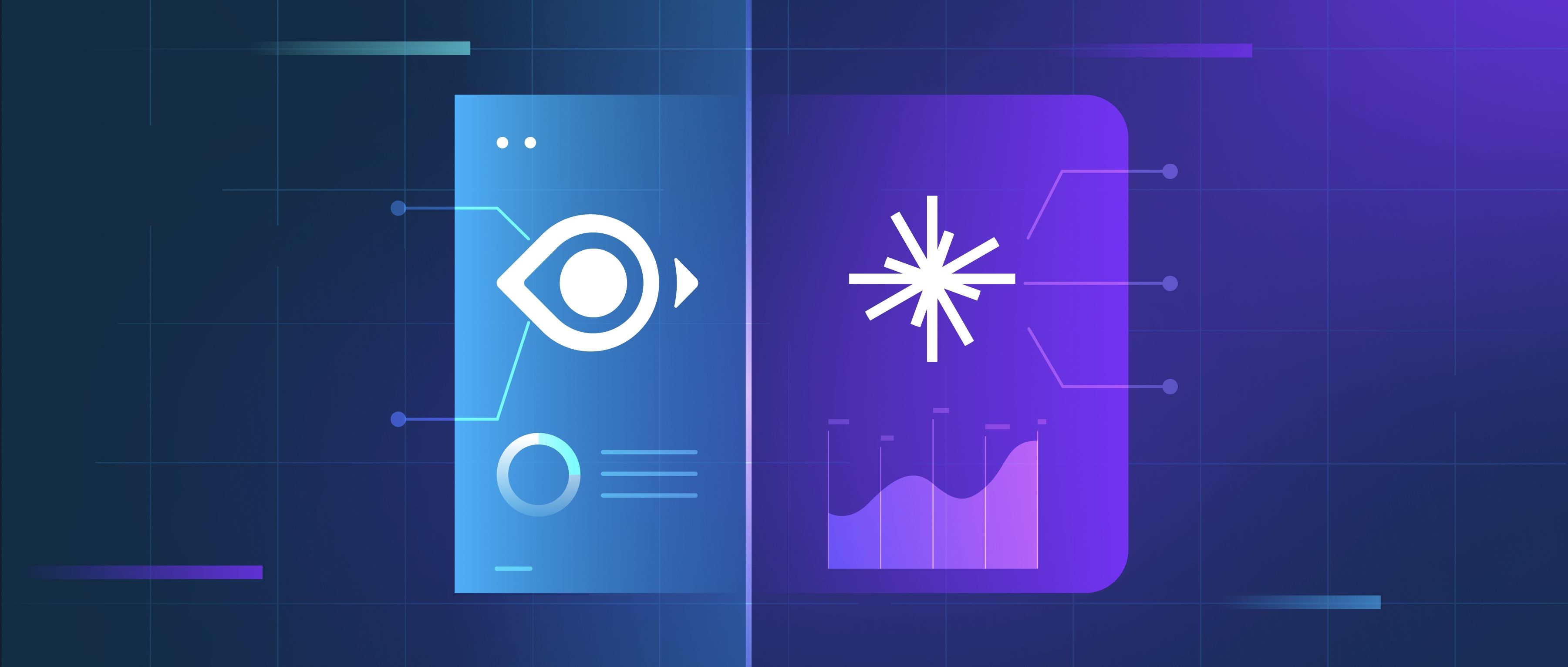The Bloch sphere is a geometrical representation of quantum states of a two-level quantum system, often referred to as a qubit. In the context of quantum computing, a qubit can exist in a multitude of states simultaneously, a phenomenon known as superposition. The Bloch sphere provides a visual way to understand these quantum states by mapping them onto points on a sphere. The north pole of the sphere typically represents the state |0⟩ (zero state), while the south pole represents |1⟩ (one state). Any point on the surface of the sphere corresponds to a specific quantum state of the qubit, characterized by a pair of angles, commonly denoted as theta (θ) and phi (φ).
The angles θ and φ are crucial as they determine the qubit's state in superposition. For instance, if θ equals 0 or π, the qubit is completely aligned with the |0⟩ or |1⟩ states, respectively. When θ is between 0 and π, the qubit is in a superposition of |0⟩ and |1⟩. The angle φ affects the phase of the quantum state, which influences how qubits interact when subjected to quantum operations. This framework aids developers in visualizing complex quantum operations and their effects on the qubit’s state, making it easier to design quantum algorithms.
One of the distinct advantages of the Bloch sphere is that it simplifies the understanding of quantum operations, such as rotations and measurements. Rotating a qubit state on the Bloch sphere can help visualize quantum gates acting on qubits. For example, a half-pi rotation around the X-axis will flip the qubit from |0⟩ to a superposition state at the equator of the sphere. These visualizations are critical for developers working with quantum computing as they provide insights into how changes to the qubit's state will affect overall computations. Understanding the Bloch sphere helps clarify fundamental concepts in quantum mechanics and quantum computing, making it an essential tool for both learning and practical application in the field.
